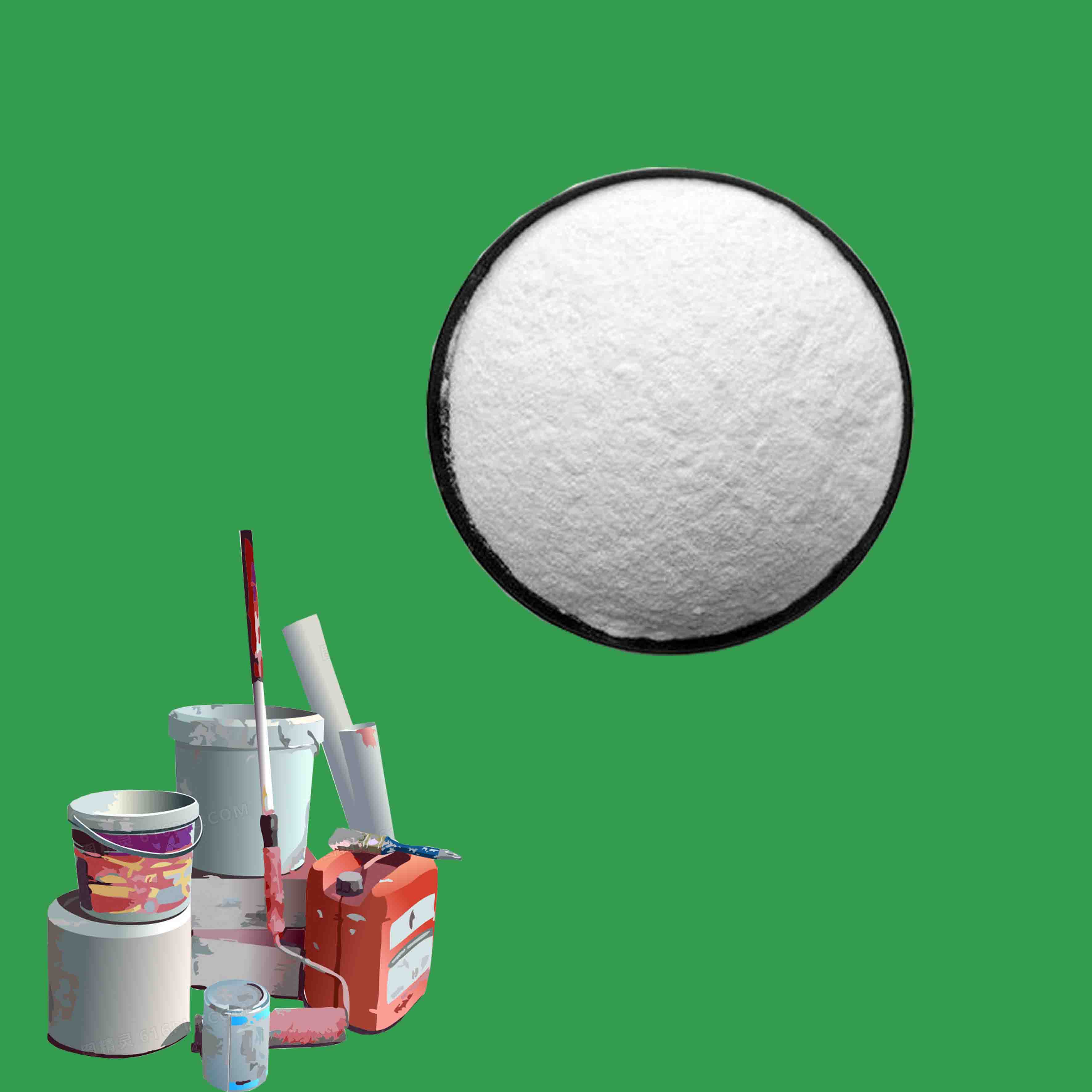
Oct . 07, 2025 07:55 Back to list
Need High-Purity Titania TiO2 at Wholesale Prices?
Titanium Dioxide R-996 for Industrial Use: Notes from the Field
When buyers ask me about titania tio2—especially R-996 grade for paints and plastics—I usually start with where it’s made and what it’s made for. This R-996 comes out of Jindi Industrial Park, Dacheng County, Langfang City, Hebei Province, and it’s clearly labeled: NOT for food or pharma. It’s built for coatings, masterbatch, PVC profiles, ink systems—the hardworking industrial stuff. In fact, many customers say it hits that sweet spot of opacity, weatherability, and price.

What R-996 Is (and Why It Works)
TITANIUM DIOXIDE R-996 is a rutile pigment, sulfate-route, typically surface-treated with alumina/zirconia plus a light organic finish. That combo helps dispersion, chalk resistance, and gloss retention. To be honest, buyers care less about the chemistry and more about whether it grinds fast and covers dark substrates—which it usually does. Below are typical values (real-world use may vary).
| Specification | R-996 Typical | Notes |
|---|---|---|
| Crystal form | Rutile | High weatherability |
| TiO2 content | ≥ 93–95% ≈ | Per ISO/ASTM pigment methods |
| Whiteness (L) | ≈ 97.0–97.8 | CIE Lab, internal QC |
| Oil absorption | 15–20 g/100 g | Affects viscosity |
| pH (aqueous slurry) | 6.5–8.5 | Neutral to slightly basic |
| Residue (325 mesh) | ≤ 0.02% | Dispersion indicator |
Process Flow and Testing
- Raw material: sulfate-route titania intermediate; surface treatment: Al2O3/ZrO2 + organic.
- Methods: wet milling → classification → calcination → surface coating → micronizing → QC.
- Testing standards: ISO 591-1 classification, ISO 787 series (oil absorption, residue), ASTM D476 for pigment properties, weathering per ISO 11341/ASTM G154 (QUV-A).
- Service life: in exterior architectural coatings, gloss/whiteness retention ≈ 7–10 years with proper formulation and UV package; plastics masterbatch opacity stable over typical product life cycles.

Where It’s Used
- Solvent and waterborne architectural paints (matte to high-gloss).
- Industrial coatings: metal, coil, machinery; road-marking blends.
- Plastics: PP/PE masterbatch, PVC profiles, films; engineering blends needing opacity and UV holdout.
- Inks and primers where high HID (hiding) matters. And yes, titania tio2 does tend to play nicely with common dispersants.
Compliance notes: Industrial-only usage; suppliers commonly document REACH registration and low heavy metals per RoHS guidelines. Always request the latest SDS and CoA.
Vendor Snapshot (What Buyers Compare)
| Attribute | R-996 (Hebei) | Vendor B (rutile) | Vendor C (rutile) |
|---|---|---|---|
| Surface treatment | Al/Zr + organic | Al/Si + organic | Zr/Si + organic |
| Dispersion energy | Low–medium | Medium | Medium–high |
| Hiding power | High | High | Medium–high |
| Weatherability | Exterior-capable | Exterior-capable | Interior focus |
| Lead time | ≈ 2–4 weeks | ≈ 3–5 weeks | ≈ 4–6 weeks |
Real Projects, Quick Notes
- Exterior wall paint in humid coastal city: R-996 held ΔE under ≈1.2 after 1,000 h QUV-A (lab scale). Field repaint cycles stretched beyond 8 years, which surprised maintenance crews—pleasantly, I might add.
- PP film masterbatch: dose trimmed by ~3% thanks to better dispersion; same opacity at lower let-down. Production manager called it “boringly consistent,” which is high praise on a factory floor.

Customization and Practical Tips
- Tailored grind: ask for tighter micronizing if you run high-speed dispersion in low-VOC systems.
- Packaging: 25 kg bags standard; jumbo options for compounding lines.
- Formulation: pair titania tio2 with silicone defoamers and modern dispersants in high-PVC paints to keep viscosity in check.
- Documentation: request ISO/ASTM test sheets, REACH statements, and batch CoAs every shipment.
Editorial aside: prices move with sulfate feedstock and energy costs. If you can, lock in quarterly, not monthly. I guess that’s my two cents after too many pricing calls.
Standards and Citations
- ISO 591-1: Titanium dioxide pigments — Requirements and classification.
- ASTM D476: Standard Specification for Titanium Dioxide Pigments.
- ISO 787 series: General methods of test for pigments and extenders.
- ISO 11341 / ASTM G154: Accelerated weathering (QUV) methods.
- REACH (EC) No 1907/2006: Registration, Evaluation, Authorisation and Restriction of Chemicals.
-
Essential Guide to Calcium Powder Quotes – Pricing, Quality & Global Insights
NewsNov.24,2025
-
Reliable Anatase TiO2 Pigment Quotes for Sustainable Industry Use | CQ Titanium Dioxide
NewsNov.24,2025
-
Understanding Lithopone B311 Powder Quotes – Market Insights & Applications
NewsNov.23,2025
-
Reliable 30-50nm TiO2 Powders Quotes for Advanced Industrial Use | CQTitanium
NewsNov.23,2025
-
Comprehensive Guide on Lithopone Red Pigments Quotes | Industry Insights & Pricing
NewsNov.22,2025
-
Comprehensive Insights into the Lithopone Market: Global Trends & Applications
NewsNov.22,2025
